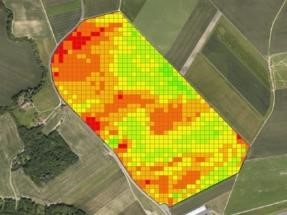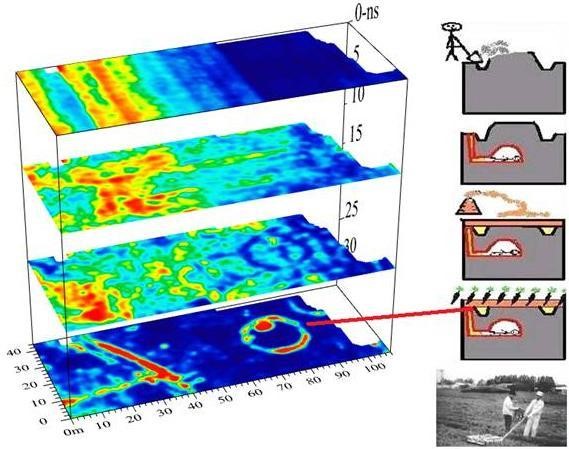-
Name (Acronym)Inverse Problems and Electromagnetic Diagnostics for Environment (IPEDE)
-
Date04 November - 15 November 2024
(2 weeks, 30 hours/week) -
Teacher
-
Contact E-mail2024-2025.LM.IPEDE.UniTN.TRENTO.IT@eledia.org
-
ECTS6
-
Syllabus
-
Institution
-
Study Program
-
Degree
-
LanguageEnglish
-
Tracks
ABSTRACT
The course explores the principles and applications of inverse problems and electromagnetic diagnostics and imaging in environmental science and engineering. Students will learn about the theoretical foundations of inverse problems, various electromagnetic diagnostic techniques, and their applications in environmental monitoring and assessment problems. The classes consist of theoretical/application lessons aimed at the presentation of the state of the art of the subject and the in-depth study of innovative diagnostic techniques as well as their employment in different environmental contexts through the use of ELEDIA software tools.
COURSE FORMAT
The Course is taught in 🇬🇧️ ENGLISH and offered
- On-site
- On-line (synchronous and asynchronous)
with video recordings, hand-outs, etc. of the lectures available off-line. (*)
COURSE CONTENT
Part 1: INTRODUCTION TO INVERSE PROBLEMS FOR EM DIAGNOSTICS AND IMAGING
- The problems of detection and electromagnetic diagnostics
- Forward problem and inverse problem
- Addressing the solution of inverse problems through a two-step approach: estimation problems and appraisal problems
- Characteristics of an inverse problem: non-linearity and ill-posedness
- The importance of data collections and information adding for dealing for dealing with non-linearity and ill-posedness
Part 2: METHODOLOGIES FOR THE SOLUTION OF EM DIAGNOSTICS PROBLEMS
- Methods using information on the physics of the problem
- Approaches exploitation other a‐priori information on the solution
- Iterative information‐acquisition techniques
- Techniques exploiting the availability of input‐output examples
Part 3: APPLICATIONS IN ENVIRONMENTAL DIAGNOSTICS AND IMAGING
- Electromagnetic diagnostics of environmental eco-systems
- Groundwater monitoring
- Soil mapping and assessment
- Climate change studies
- Natural hazard assessment


TEACHING ACTIVITIES
- Theoretical Lessons
- e-Xam Self Assessment (each teaching class or periodically)
- MATLAB Hands-On
- e-Xam Final Assessment
FURTHER READINGS
- M. Bertero and P. Boccacci, “Introduction to Inverse Problems in Imaging”, IoP Press, 1998.
- D. Colton and R. Kress, “Inverse Acoustic and Electromagnetic Scattering Theory”, Springer-Verlag, 1998.
- G. Franceschetti, “Electromagnetics Theory, Techniques, and Engineering Paradigms”, Kluwer Academic/Plenum Publishers, 1997.
- W. C. Chew, “Waves and Fields in Inhomogeneous Media”, Oxford University Press, 1996.
(*) Each registered participant acknowledges that the material distributed in the frame of the course, available for the duration of one academic year, is protected by copyright and delivered for educational purposes and personal use only. The participant agrees and undertakes not to forward, publish, disclose, distribute, disseminate - in any form or manner - such a material without written consent of the author(s) of the material. Unless otherwise explicitly allowed by the speaker in written form, no recordings of the online lectures can be made.
